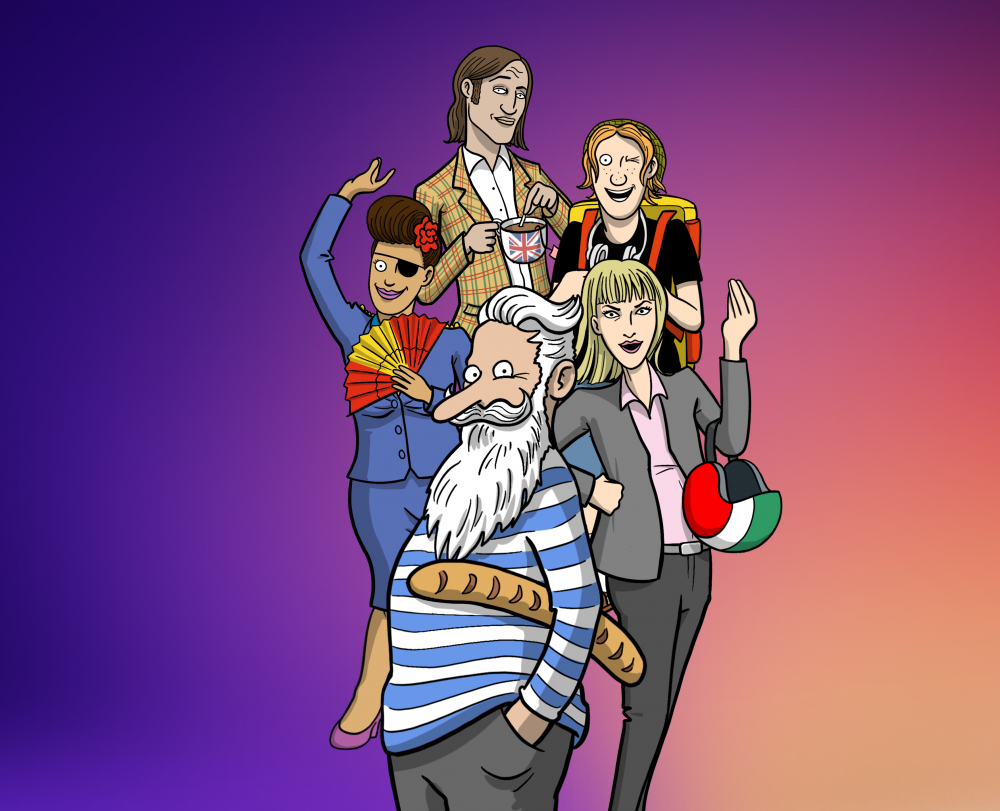¿Le or lo? Direct object pronouns vs indirect object pronouns
Both direct and indirect object pronouns are used to replace people, animals, ideas or things.
Compro un regalo → Lo compro.
I buy a gift → I buy it.
Yo compro un regalo a Daniela → Le compro un regalo.
I buy Daniela a gift, I buy a gift for Daniela → I buy her a gift.
The direct Pronombres CD and indirect Pronombres CI object pronouns are the same, except in the 3rd person singular and plural:
| Singular | Plural | |
|---|---|---|
| 3ª persona CD | lo, la | los, las |
| 3ª persona CI | le | les |
Direct object pronouns:
- Are used to replace specific people or animals with verbs that don't take an indirect object, such as amar (to love), querer (to want, to love), odiar (to hate), conocer (to know), etc.
Amo a mi mujer → La amo Pronombres CD
I love my wife → I love her.
- Are used to replace specific people and animals with other verbs when the action directly affects that person/animal.
Llevo a María en coche → La llevo en coche.
I give Maria a lift → I give her a lift.
Llevo un café a María → Lo llevo a María.
CD CI
I take a coffee to Maria → I take it to Maria
- Only go after the preposition a when they are a proper noun or we're talking about specific people or animals; never when they're just objects.
Nacho lee un libro → Nacho lo lee.
Nacho reads a book → Nacho reads it.
- Become the subject when the sentence changes to the passive.
Ana llevó a Teo al cine → Teo fue llevado al cine por Ana.
Ana takes Teo to the cinema → Teo was taken to the cinema by Ana.
Indirect object pronouns:
- Are used to replace specific people, animals or objects when the sentence already has a direct object.
Doy un libro a Ana → Le doy un libro Pronombres CI
CD CI
I give a book to Ana → I give her a book.
Voy a reparar la cadena a la bicicleta → Le voy a reparar la cadena.
CD CI
I m going to repair the bicycle chain → I am going to repair its chain.
- Always go after the preposition a.
Magda envió un paquete a Carolina.
Magda sent a parcel to Carolina.
- Do not change when we make the sentence passive.
Betty dejó dinero al Dr. Macías → El dinero fue dejado por Betty al Dr. Macías.
Betty left money for Dr. Macías → The money was left by Betty for Dr. Macías.
Still facing difficulties with '¿Le or lo? Direct object pronouns vs indirect object pronouns'? Learn and enhance your Spanish grammar through our online Spanish course. Start with a free test and improve today!
What our users say:
Improve your Spanish further and test Hotel Borbollón, online Spanish lessons.

